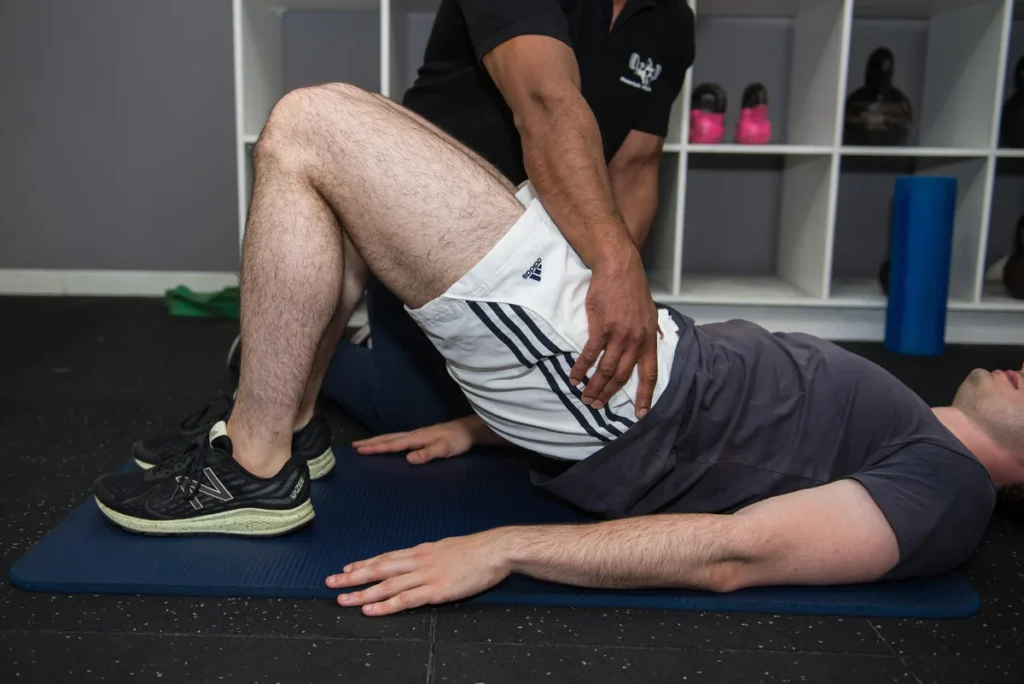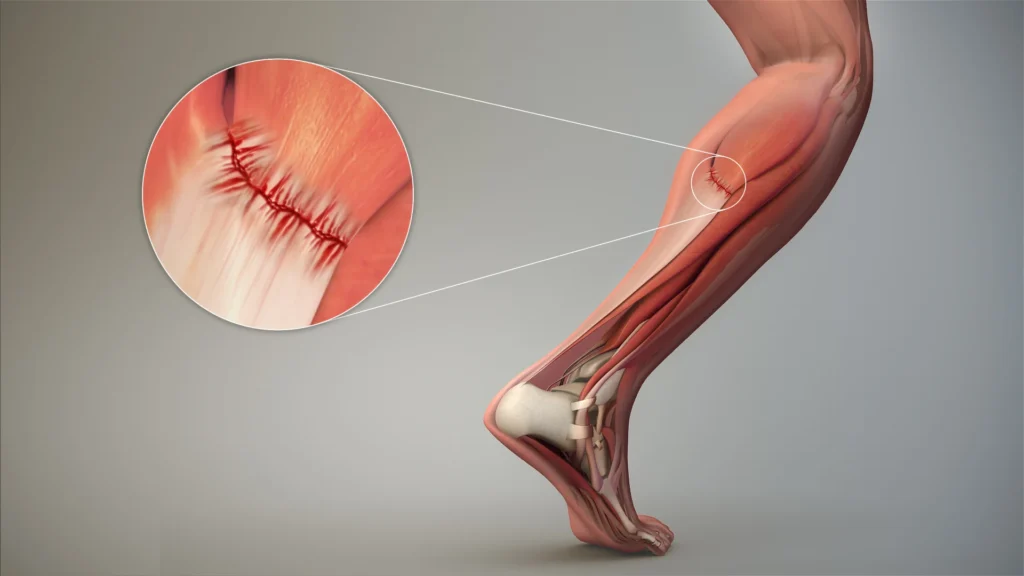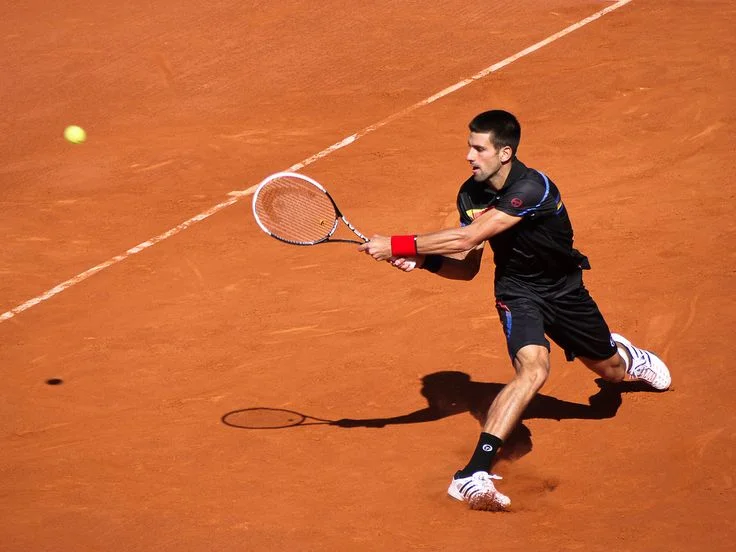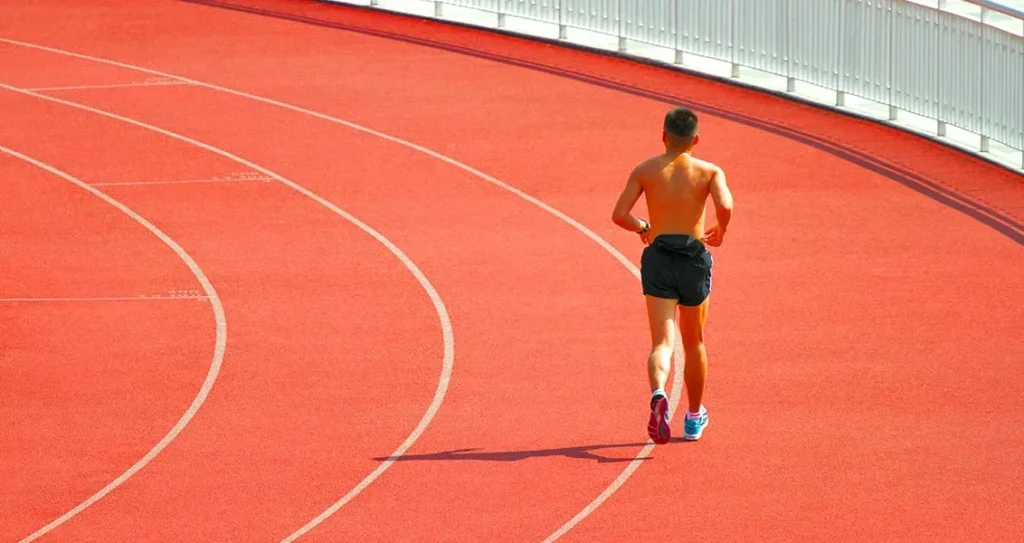Simple Do’s and Don’ts for Gluteal Tendinopathy

Gluteal tendinopathy is a painful and sometimes extremely debilitating condition. Understanding what you should do and what you shouldn’t do are equally as important for managing the condition. DO’s: 1.Maintain an active lifestyle within the constraints of your painStaying active is one of the most important things you can do to promote recovery. The last […]
Management of Calf Strains

Establishing a Diagnosis:There are several other conditions and injuries in the calf area that can masquerade themselves ascalf strains. A detailed assessment of mechanism of injury, symptoms and a physical assessment willhelp determine whether an injury is truly a calf strain or not. Rehabilitation can begin once anaccurate diagnosis has been made. Rehab Phase 1: […]
Ankle Sprains

Ankle sprains are among one of the most common injuries to the lower extremity of the body. Theyare common in all populations, ranging from the general population to the sporting athlete Basic anatomy of a sprained ankleA sprain is defined as injury to the ligament. The most common ankle sprains involve the lateralligaments of the […]
What is Hip Osteoarthritis (OA)

Osteoarthritis is a disease that affects joints. In hip OA, the whole joint is affected- this includes thecartilage, labrum, synovium, and bones. Who is more likely to get hip OA?The older an individual is, the more likely they will have hip OA. Approximately 1 in 4 Australians willdevelop hip OA in their lifetime. The morphology […]
Tennis Elbow

What is tennis elbowTennis elbow, more accurately known as lateral elbow tendinopathy is a painful condition thataffects the outside of the elbow. A tendinopathy is disorder that can cause pain, swelling andfunctional limitations to the tendon. In lateral elbow tendinopathy, the location where pain is felt isat the lateral epicondyle. There are 5 forearm muscles […]
Iliotibial Band Pain (ITB pain) Rehabilitation

What is ITB pain: ITB pain, frequently referred to as ITB syndrome, is one of the conditions that causes lateral kneepain (pain on the outside of the knee). It typically presents as sharp or hot pain at, or very close to abump of bone known as the lateral epicondyle of the femur. Iliotibial band function […]
